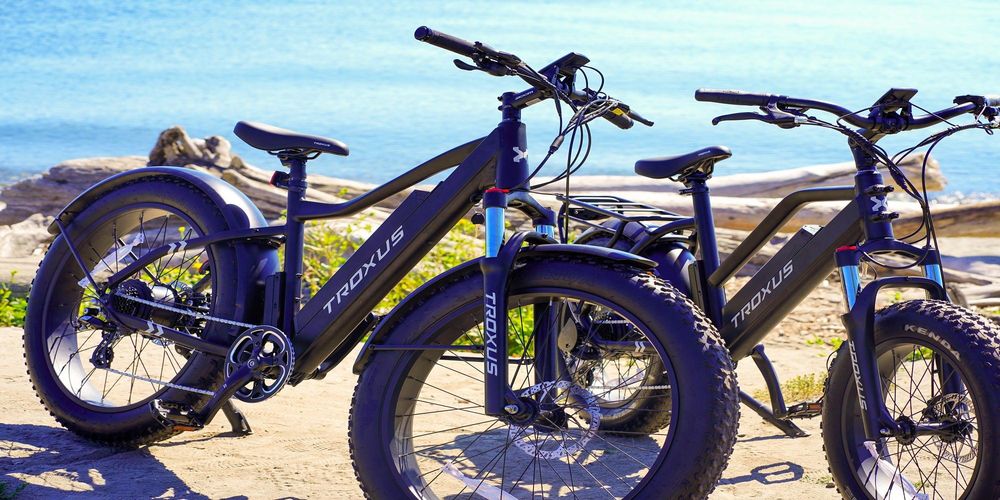Have you ever wondered why electric bikes batteries only have 48V instead of having a higher voltage? You will know the reasons why as you continue reading this post.
Second, it’s easy to state that 48V is superior to 36V, but how much better? And in what way? Is it a battery power comparison? Is it about their life? Capability to carry a charge?
So, now that we have aroused your interest in the subject, let’s get down to business and talk about the advantages of an Ebike Battery 48V.
Understanding the Lexicon of a 48-Volt Battery for an Electric Bike
Before we get into the technical part, let us first figure out the meanings of terms written on a bike battery and what they signify.
Volt
A volt is just a measurement of the potential energy stored in a battery. It is the energy reservoir from which you dip to power your bike’s engine. It is represented by a “V.”
Watts
A battery is simply a store of potential energy produced by the chemical reactions that occur within it. This chemical energy is transformed into electrical energy (or current) that goes through wires to operate a motor.
Watts are units of measurement for power. One watt of work is done when one ampere of current travels through one volt of potential. A horsepower is a larger unit of power, equal to 745.7 watts.
Watt-Hours
Watt-hours are the amount of work performed by a battery in one hour. They aid in determining the battery’s efficiency.
Amperes (or amps) are units of measurement for the strength of an electrical current. Amp-hours, like watt-hours, are the amount of current that flows in one hour.
Why is a 48V battery superior to a 36V battery?
Hopefully, by now, you’ve realized that the voltage of a battery determines how much power it can store. That is why a 48V battery is superior to a 36V or 24V battery – it has greater power.
You may wonder why power is so crucial. As you may recall, we indicated at the outset that high-performance motorcycles utilize 48V batteries. The concept of high performance for an electric bike has shifted dramatically throughout the years.
Well performing bike batteries, can power not only bike but others as well like, auxiliary systems, LCD systems, and a variety of other devices. Aside from that, riders’ desire for more distance, speed, and power has developed.
Why aren’t there 200V batteries in electric bikes?
The above reasoning may explain why 48V batteries are superior to 36V or 24V batteries, but why don’t we see 200V batteries? Let’s get to that later, but first, let’s look at the other side of power: safety.
Compatibility with the Most Recent Technology
Many innovative battery-powered technologies are being developed today, including load point optimization, regenerative braking, electrical torque support, and a smoother start/stop engine. As the standard unit, all of these are constructed around 48-volt lithium-ion batteries for electric bikes. So, if you want a battery that is ready for the future, go with a 48V pack.
















